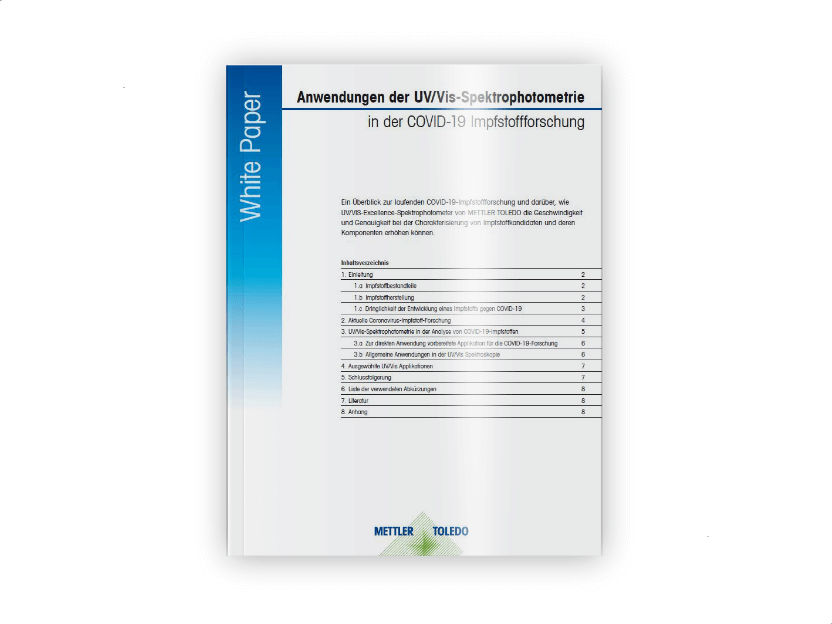New technique multiplies life span in simple organisms
A counterintuitive experiment has resulted in one of the longest recorded life-span extensions in any organism and opened a new door for anti-aging research in humans.
Scientists have known for several years that an extra copy of the SIR2 gene can promote longevity in yeast, worms and fruit flies.
That finding was covered widely and incorporated into anti-aging drug development programs at several biotechnology companies.
Now, molecular geneticists at the University of Southern California suggest that SIR2 instead promotes aging.
Their study, "Sir2 Blocks Extreme Life-Span Extension," appears in the Nov. 18 edition of the biology journal Cell. The lead author is Valter Longo, assistant professor in the Leonard Davis School of Gerontology and the USC College of Letters, Arts and Sciences.
Rather than adding copies of SIR2 to yeast, Longo's research group deleted the gene altogether.
The result was a dramatically extended life span - up to six times longer than normal - when the SIR2 deletion was combined with caloric restriction and/or a mutation in one or two genes, RAS2 and SCH9, that control the storage of nutrients and resistance to cell damage.
Human cells with reduced SIR2 activity also appear to confirm that SIR2 has a pro-aging effect, Longo said, although those results are not included in the Cell paper.
Since all mammals share key aging-related genes, the paper points to a new direction for human anti-aging research.
Longo proposes that SIR2 and possibly its counterpart in mammals, SIRT1, may block the organism from entering an extreme survival mode characterized by the absence of reproduction, improved DNA repair and increased protection against cell damage. Organisms usually enter this mode in response to starvation.
The long-lived organisms in Longo's experiment showed extraordinary resilience under stress.
"We hit them with oxidants, we hit them with heat," Longo said. "They are highly resistant to everything. What they're doing is basically saying, 'I cannot afford to age. I still have to generate offspring, but I don't have enough food to do it now."
Longo predicted that as molecular geneticists master the levers of aging, they will be able to design drugs that coax the body into entering chosen aspects of a starvation-response mode, such as stress resistance, even when food is plentiful.
If enough food is available, an organism might be programmed both to reproduce normally and to maximize its survival systems.
Longo urged caution in extrapolating the result to humans.
"We have been very successful with simple organisms," he said. "Naturally, mammals are complex, and it will be a great challenge to get major life-span extension."
A "really exciting" implication, Longo said, is that cells may be able to speed up their DNA repair efforts. All organisms have the ability to repair harmful mutations in their DNA, whether caused by age, radiation, diet or other environmental factors. Cancer often begins when DNA mutations outstrip a cell's ability to remain differentiated.
Many researchers believe DNA repair systems are already running flat out. The organisms in Longo's experiment say otherwise.
"In our paper, we show that age-dependent mutations increase at a much slower pace in organisms lacking RAS2 or SCH9 and at a remarkably low pace in organisms lacking both SCH9 and SIR2, raising the possibility that the mutations that cause human cancers can be delayed or prevented," Longo said.
"Notably, mutations that increase the activity of human homologs of the yeast SCH9 and RAS2 genes play central roles in many human cancers." Homologs are genes descended from a common ancestral DNA sequence.
Joining with researchers at the USC Norris Comprehensive Cancer Center, Longo is studying the feasibility of reducing or preventing the age-dependent DNA mutations that cause cancer.
Longo and his collaborators began studying SIR2 in 2000, soon after a well-known set of experiments by Leonard Guarente at the Massachusetts Institute of Technology. Guarente was the first to show that over-expression of the SIR2 gene could extend life span beyond its natural limit.
However, Longo said, "We were convinced that SIR2 had the potential to be a more potent pro-aging than an anti-aging gene. And the reason was in part because of the similarity with this other gene, called HST1, which negatively regulated so-called protective genes. So we set out to test whether SIR2 could do the opposite of what everybody said it does."
The researchers do not quarrel with Guarente's finding of a moderate increase in life span when SIR2 is over-expressed. But their work shows that much greater potential gains lie in the opposite direction.





















































